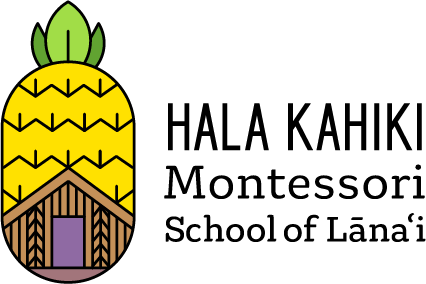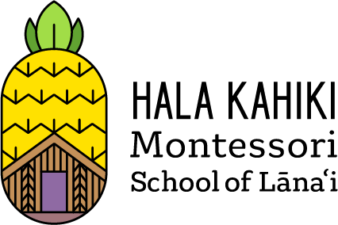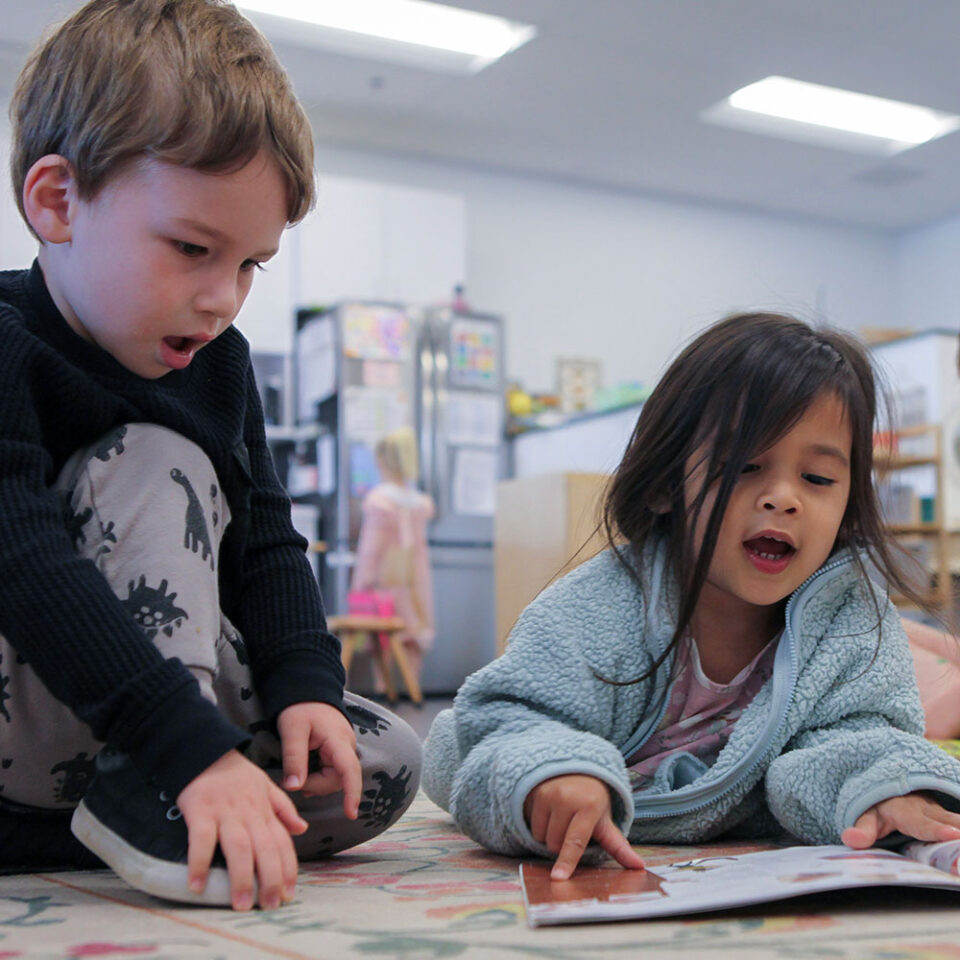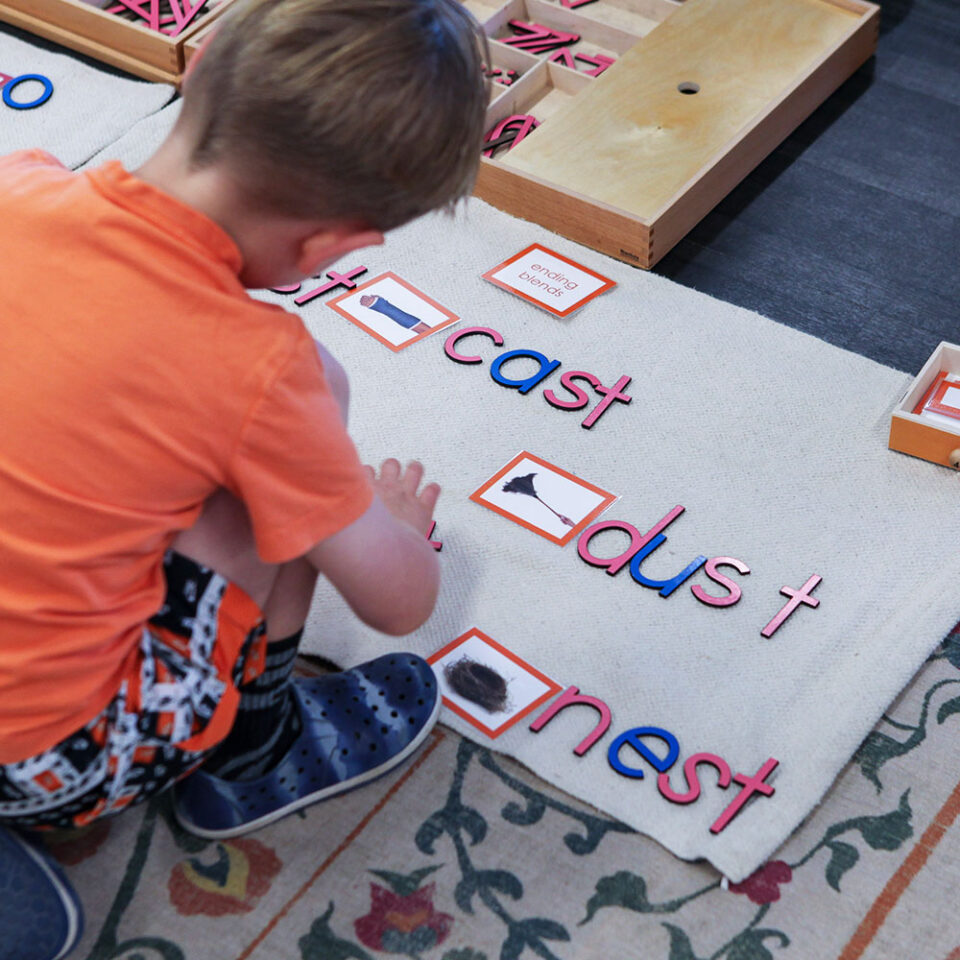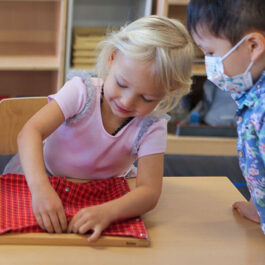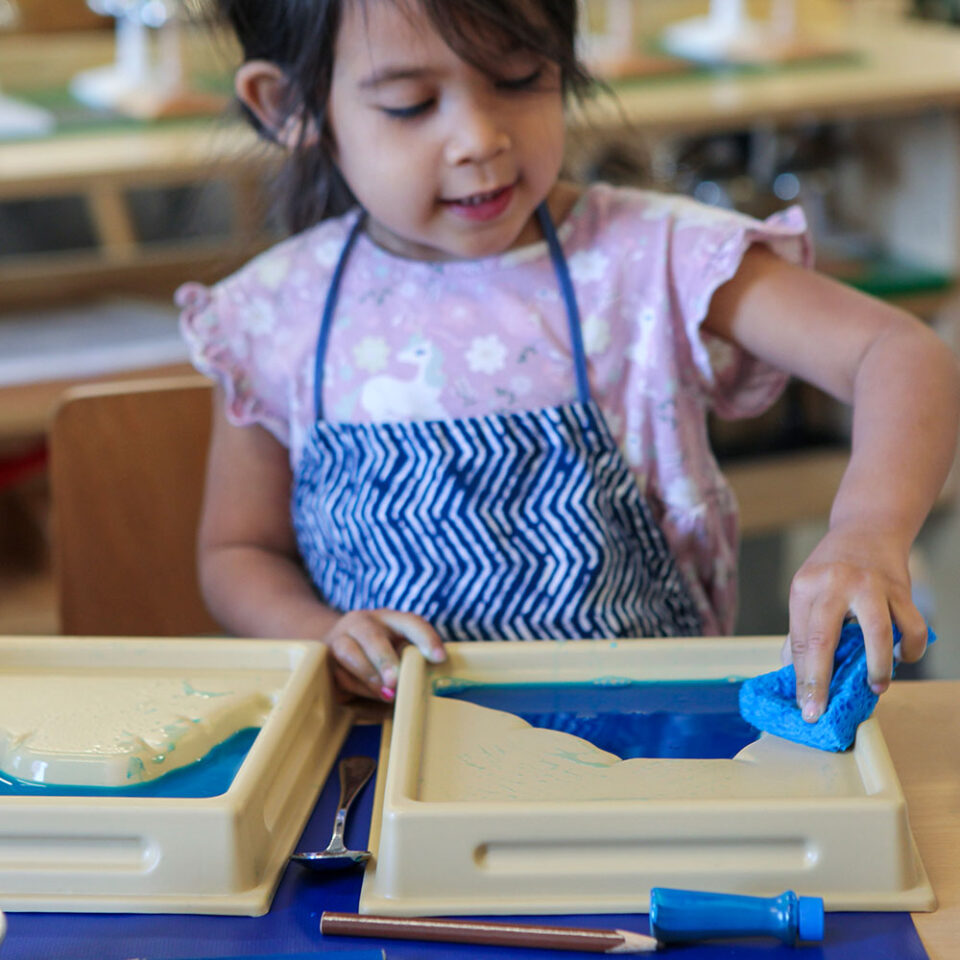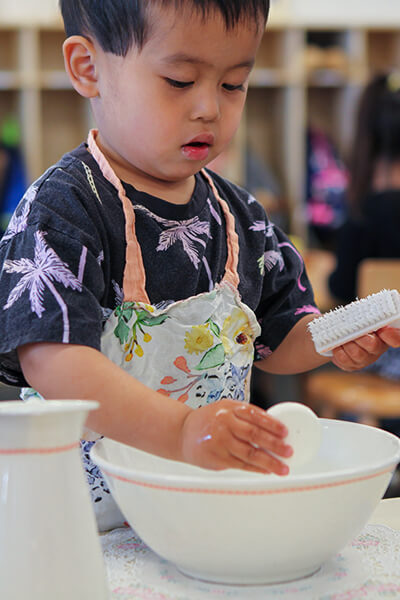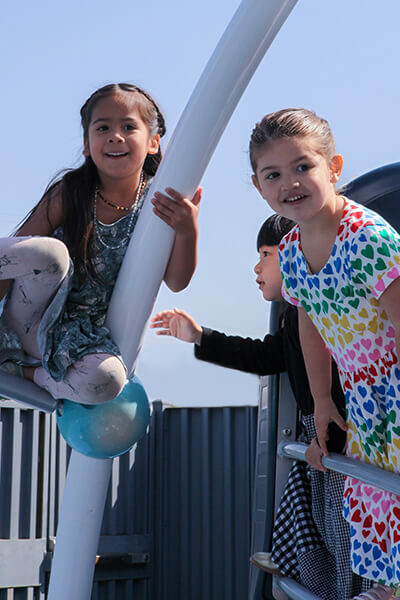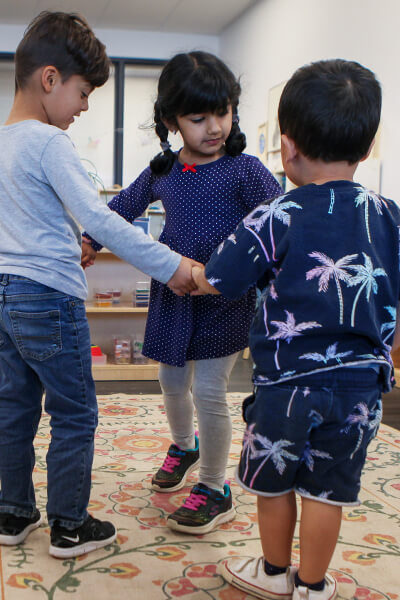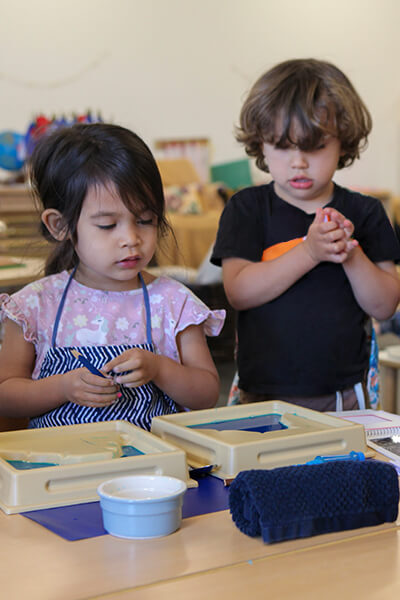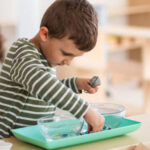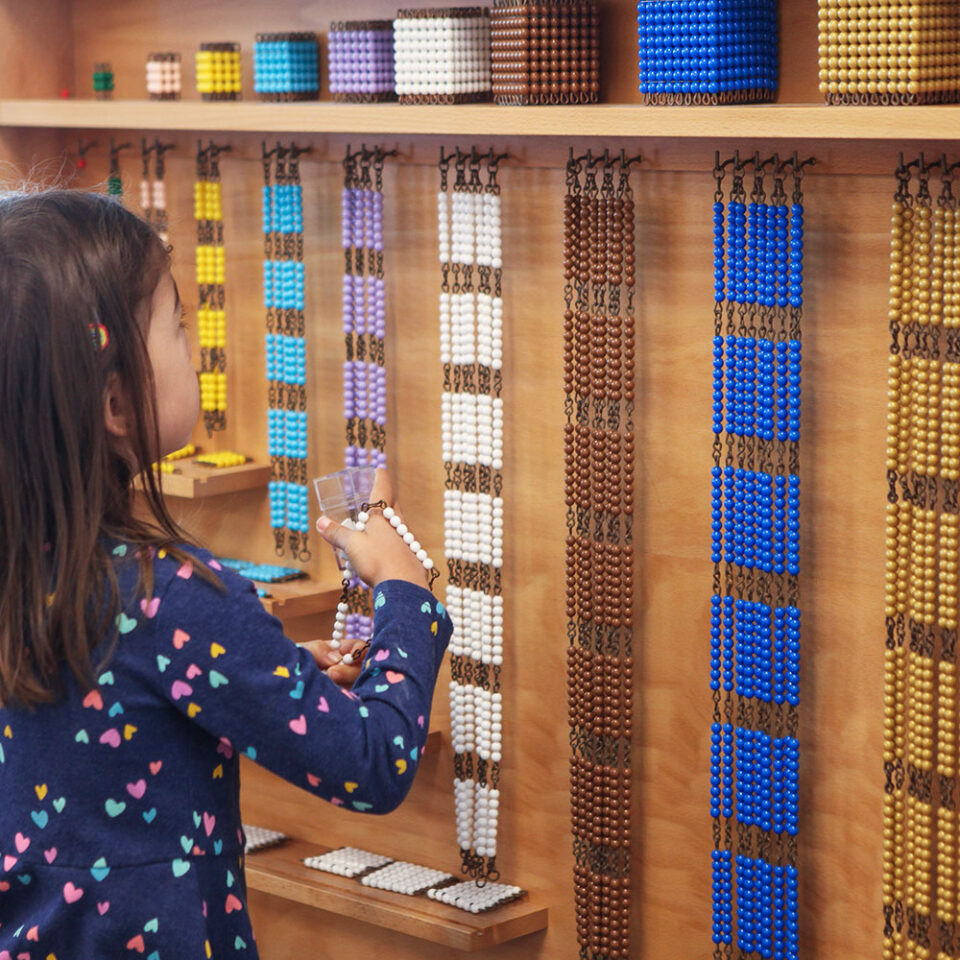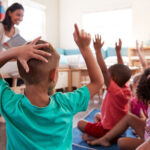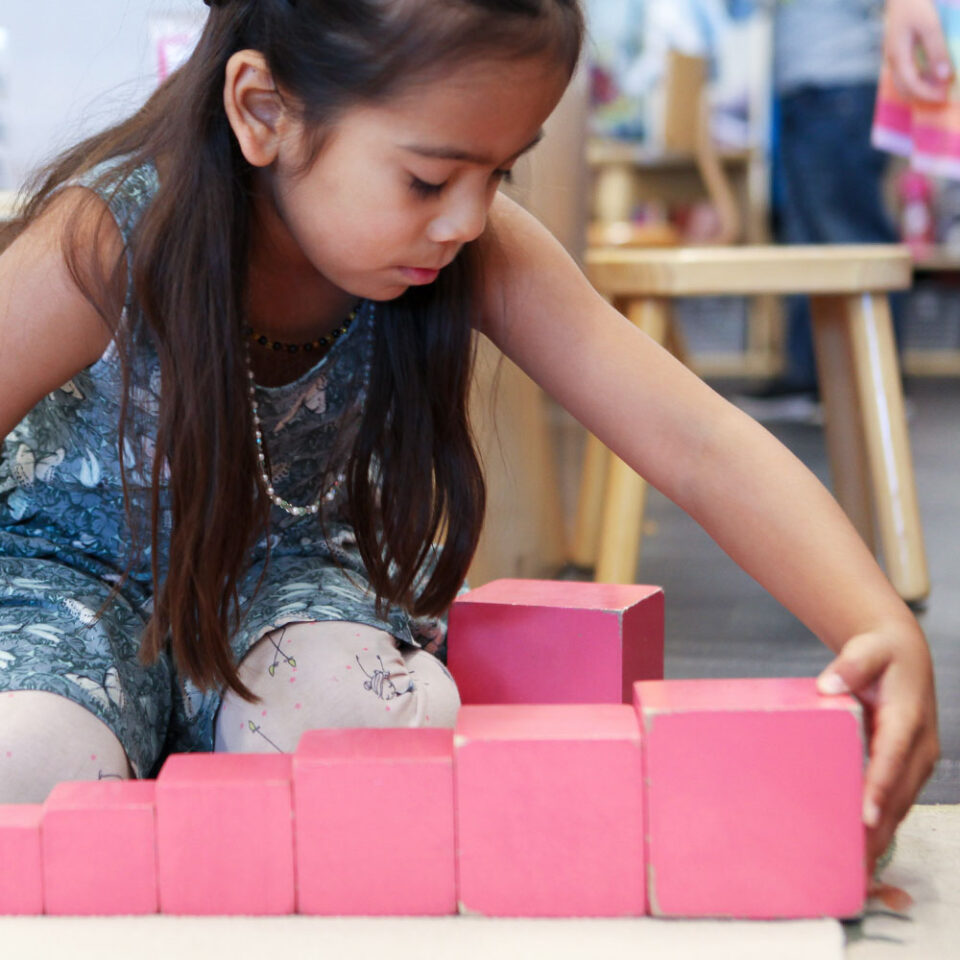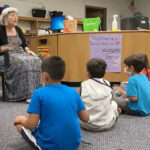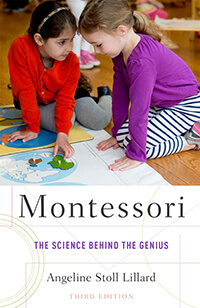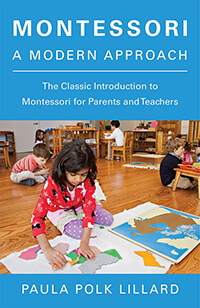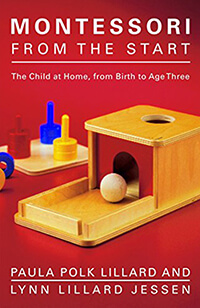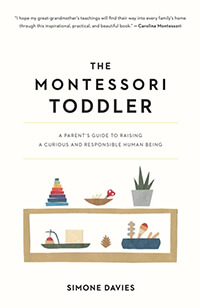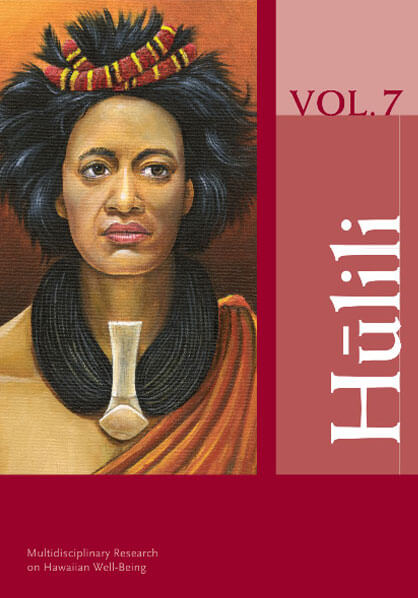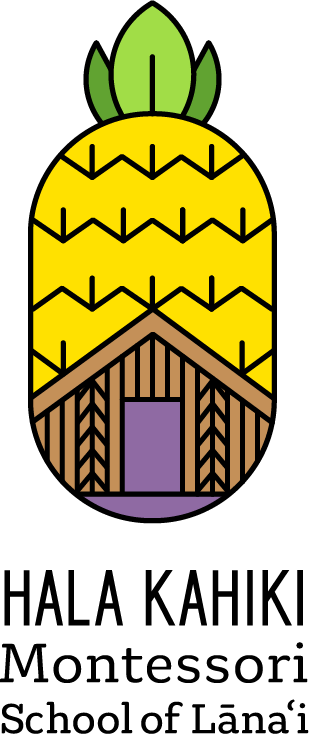
About Maria Montessori
Maria Montessori was an Italian physician, educator, innovator, and three-time Nobel Peace Prize nominee, acclaimed for her educational method that builds on the way children learn naturally.
She opened the first Montessori school in Rome in 1907. Using scientific observation and experience gained from her work with children, Montessori designed learning materials and a classroom environment that fostered children’s natural desire to learn and provided them freedom to choose individually appropriate materials to which they had been previously oriented.
Fast-forward several decades, there are now thousands of Montessori schools all around the world. Today, Montessori classrooms and the Montessori method itself are largely unchanged from a century ago, yet the learning outcomes they support are more relevant in the 21st century than ever before.
“The child who concentrates is immensely happy.”
Three Montessori Differences
“…in every child is the seed that will mature into an adult.”
Three Montessori Benefits
Additional Resources
Inspirational Montessori Alumni

Professional Basketball Player, Golden State Warriors

Co-Founders, Google

Chef, Teacher, Author, & Television Personality

Activist, Author, and One of Most Widely Admired People of the 20th Century


Montessori & Hawaiian Culture-based Education
Recent research conducted in Hawaii schools shows that the Montessori approach is a natural partner with Hawaiian Culture-based Education. At Hala Kahiki, we build upon the foundation laid by parents as their children's first teachers by integrating local values, customs, traditions, and history into the curriculum.
To get to know better the nexus between Montessori and indigenous education, read more from Nanette S. Schonleber, Ph.D., accomplished early childhood education professor and long-time former resident of Hawaii.
Hawaiian Culture-based Education and the Montessori Approach
Journal of American Indian Education
(Volume 50, Issue 3, 2011)
Journal of Montessori Research
(Volume 7, Issue 2, 2021)
He 'Ike Pāpālua o ke Ao me ka Pō: Teaching Science in a Hawaiian Cultural Context
Hūlili: Multidisciplinary Research on Hawaiian Well-being
(Volume 7, 2011)
Licensing & Accreditation
Hala Kahiki is licensed by the State of Hawaii Department of Human Services. The third year of its Primary program (kindergarten) is also licensed by the Hawaii Council of Private Schools (HCPS). Additionally, the school is approved by the State of Hawaii Department of Health to provide limited food service.
